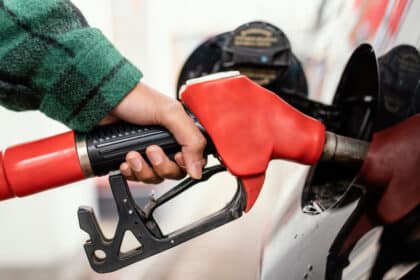The Role of a Water Pump in Your Vehicle’s Efficiency
To ensure the optimal performance of your vehicle, it is crucial to understand the importance of various interconnected systems. One such often overlooked yet essential component is the water pump. While it may seem insignificant, a faulty water pump can have disastrous consequences, turning your beloved car into an immobile metal box. This article delves deep into the realm of water pumps, shedding light on the problematic aspects.
Understanding the Function of a Water Pump
Let’s begin by comprehending the purpose and significance of a water pump in your car’s operation. In simple terms, the water pump acts as the heart of the vehicle’s cooling system. Its primary responsibility is to circulate coolant or antifreeze throughout the engine, effectively absorbing and dissipating heat to maintain an optimal operating temperature. When this pump malfunctions, the engine becomes susceptible to overheating, leading to potentially severe damages.
The Implications of a Faulty Water Pump
A faulty water pump poses a grave threat to the entire cooling system of your car. It can result in overheating, inadequate coolant circulation, and ultimately, engine damage. It is comparable to a blocked artery in the human body, triggering a chain reaction that wreaks havoc on the entire system.
Recognizing Symptoms of a Faulty Water Pump
- Overheating: One of the initial warning signs of a faulty water pump is an overheating engine. If your dashboard warning light illuminates or the temperature gauge indicates higher-than-normal readings, it is crucial to investigate promptly.
- Coolant Leaks: If you notice colorful puddles beneath your car, it may indicate a coolant leak, which is a clear indication of a faulty water pump.
- Whining Sounds: Unusual whining sounds emanating from the front of the engine can be attributed to a loose belt caused by a faulty water pump.
Common Causes of Water Pump Failure
- Normal Wear and Tear: Similar to any other component in your car, the water pump is subject to wear and tear. Prolonged usage can lead to the degradation of its internal components, eventually resulting in failure.
- Poor Coolant Conditions: Inadequate coolant conditions can lead to erosion and corrosion of the water pump. Contaminated or low-quality coolant has the potential to wreak havoc on the pump, causing premature failure.
DIY Repair: Replacing a Faulty Water Pump
Although the prospect of replacing a water pump may appear daunting, with the right tools and guidance, it can be a manageable do-it-yourself (DIY) project.
Essential Tools and Materials
To successfully replace a faulty water pump, gather the following items: a new pump, coolant, a jack, and a basic set of mechanic’s tools.
Step-by-Step Removal and Installation
The process involves draining the coolant, removing the defective water pump, and installing the new one. While it may be a moderately involved procedure, exercising patience and paying meticulous attention to detail can yield satisfying results.
Professional Repair: Seeking Expert Assistance
While DIY repairs are suitable for some individuals, situations involving a faulty water pump may necessitate professional attention. This is particularly true for those lacking mechanical expertise or the necessary tools to tackle the repair effectively.
Prioritizing Prevention over Cure
Regular maintenance and thorough inspections of your car’s cooling system can prevent the occurrence of a faulty water pump. By identifying and addressing potential issues proactively, you can ensure the long-term efficiency and reliability
* Image taken from https://www.motorverso.com/







